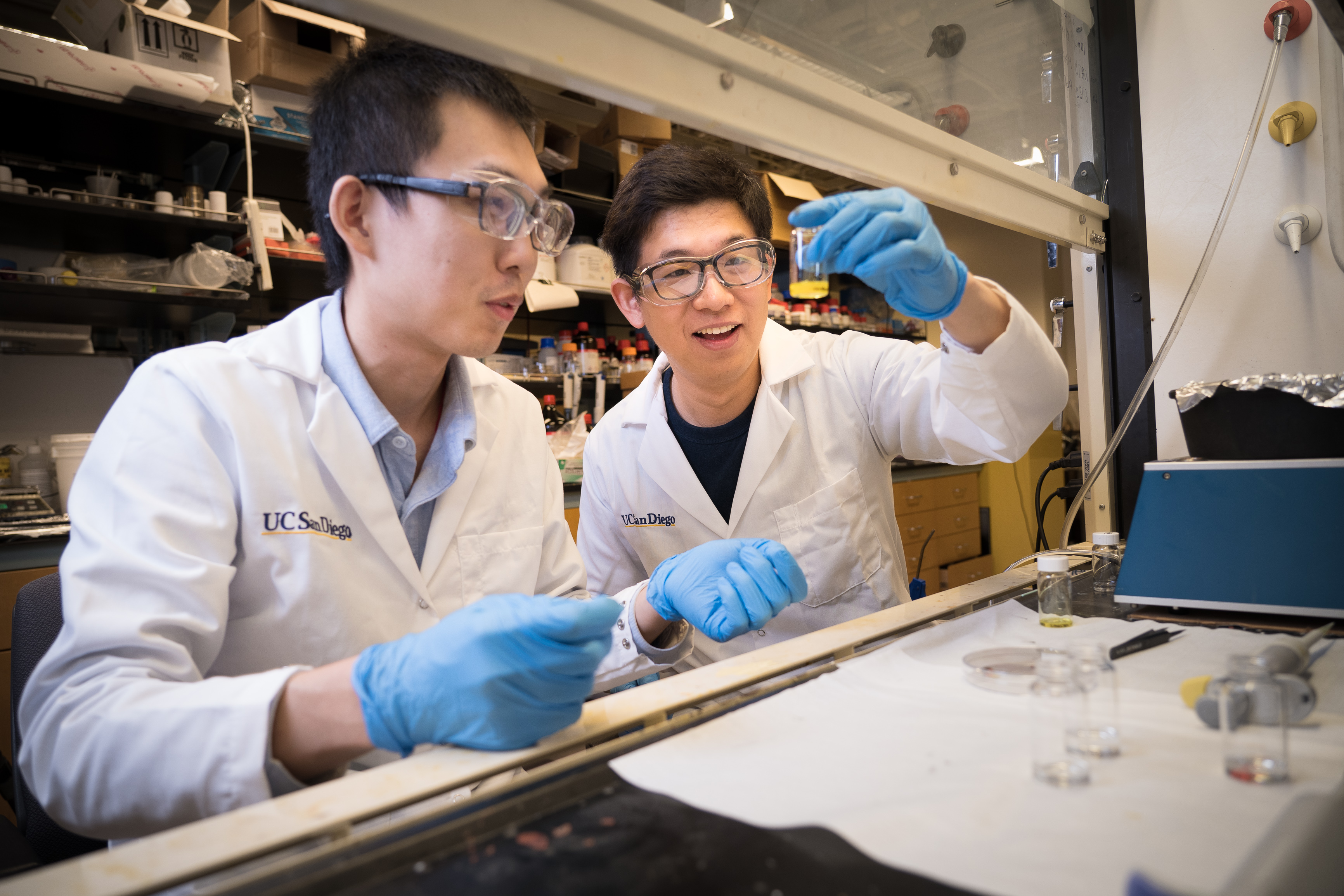 This year, the National Science Foundation (NSF) is awarding 11 MRSECs totaling $200 million over six years. In addition to eight existing Centers successfully recompeting, NSF is establishing three new MRSECs. The new centers are: The University of Delaware MRSEC – Center for Hybrid, Active, and Responsive Materials (CHARM), The UC Irvine MRSEC – Materials Discovery Through Atomic Level Structural Design and Charge Control, and The UC San Diego MRSEC. The other eight awards support centers that have stood out for successful collaborative research: the Brandeis University Bioinspired Soft Materials, the Columbia University MRSEC on Precision-Assembled Quantum Materials, the Harvard University MRSEC, the Center for Emergent Materials at Ohio State University, the Penn State University Center for Nanoscale Science, the Princeton University Center for Complex Materials, the University of Chicago and the University of Minnesota MRSECs. These awards, Class of 2020 MRSECs, add to the Class of 2017 MRSECs for 19 Materials Centers located across the country with a total support exceeding $342 million.
This year, the National Science Foundation (NSF) is awarding 11 MRSECs totaling $200 million over six years. In addition to eight existing Centers successfully recompeting, NSF is establishing three new MRSECs. The new centers are: The University of Delaware MRSEC – Center for Hybrid, Active, and Responsive Materials (CHARM), The UC Irvine MRSEC – Materials Discovery Through Atomic Level Structural Design and Charge Control, and The UC San Diego MRSEC. The other eight awards support centers that have stood out for successful collaborative research: the Brandeis University Bioinspired Soft Materials, the Columbia University MRSEC on Precision-Assembled Quantum Materials, the Harvard University MRSEC, the Center for Emergent Materials at Ohio State University, the Penn State University Center for Nanoscale Science, the Princeton University Center for Complex Materials, the University of Chicago and the University of Minnesota MRSECs. These awards, Class of 2020 MRSECs, add to the Class of 2017 MRSECs for 19 Materials Centers located across the country with a total support exceeding $342 million.
The US economy and its competitiveness depend on innovation, an essential part of which is fueled by technological breakthroughs in basic research. Our comfort, work, and wellbeing depend on the development of new materials for anything ranging from smart electronics to implantable medical devices.
The Materials Research Science and Engineering Centers (MRSEC) program provides sustained support of interdisciplinary materials research and education of the highest quality. Founded in 1994, the MRSEC program traces its roots to the Interdisciplinary Research Laboratories established in 1960. With a program investment of nearly $350 million over 6 years in emerging fields such as quantum materials, synthetic biology and artificial intelligence, MRSECs leverage diverse expertise in areas such as polymers, ceramics and magnetic nanomaterials to forge new research endeavors driven by a vision of the materials of tomorrow.
MRSECs address national priorities and are strongly aligned with several NSF Bid Ideas including Quantum Leap, Harnessing the Data Revolution, and the Human Tech Frontier. The Centers constitute outstanding examples of transdisciplinary convergent research fostering collaboration among universities, national laboratories, industry, and international scientific organizations to address complex scientific problems. Challenges include extreme miniaturization, achieving self-folding atomically thin "paper" materials, on-demand assembly of nanoparticles, understanding materials behavior under extreme conditions, and spearheading the quantum revolution.
“Materials are enablers of technologies that directly affect people’s lives,” says Dr. Linda Sapochak, Director of the NSF Division of Materials Research. “The MRSEC program is a flagship program for the Division and with these new awards will continue its long history of forging new discoveries and fueling new technologies.”
MRSECs create opportunities that extend well beyond the fundamental science they pursue: they contribute to the education of a future workforce, empowering innovators; MRSEC program alumni have founded new companies; education leaders have established science programs for students with physical disabilities; current researchers are partnering with learning-focused organizations to develop online educational tools for schools impacted by recent closures.
Each Center also participates in the Materials Research Facilities Network, a nationwide partnership of the Shared Experimental Facilities supported by the MRSECs. Together, these facilities comprise a diverse network of instrumentation that broadly spans current materials research needs in academic, government, and industrial laboratories around the world.
Results from materials research at the MRSECs are poised to have ripple effects across the scientific community and industry. Future developments in sectors like biotechnology, energy, aviation, and sustainability economies will benefit from the practical applications of cutting-edge materials research.
The MRSEC awards made this year are as follows:
New Center Awards
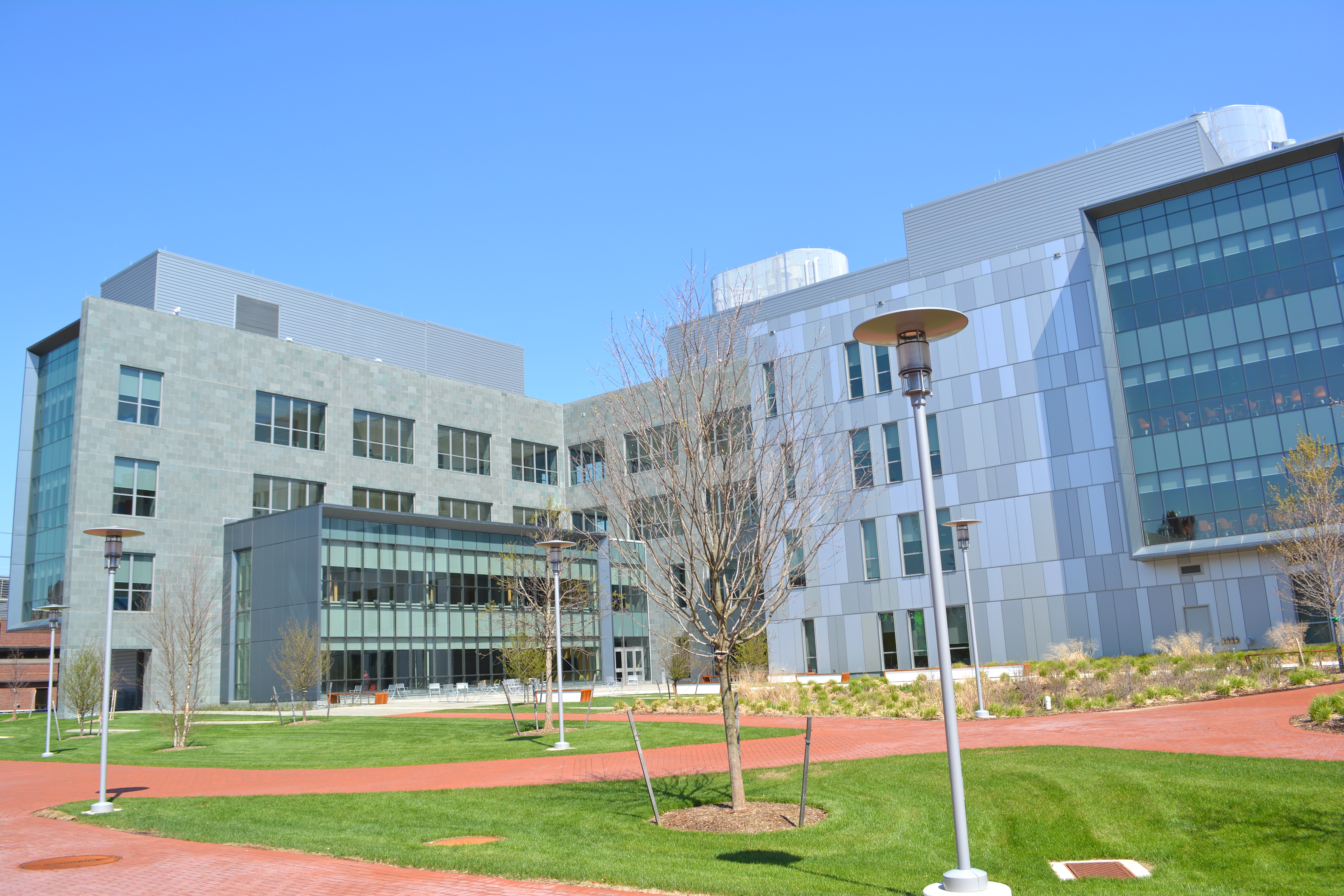 The University of Delaware – The UD Center for Hybrid, Active, and Responsive Materials (UD CHARM) is advancing foundational understanding of new materials driven by theoretical and computational predictions paired with cutting-edge experiments to enable the integration of unconventional, ultra-small, building blocks. Research endeavors are targeting the creation of new bioinspired organic materials with the capacity to function as nanoscale machines, and the creation of hybrid inorganic quantum materials that enable new optoelectronic circuits/devices and precise control of electromagnetic radiation. The Center is also providing an exciting materials science platform for diversity and education programming to under-resourced youth – targeting students from groups underrepresented in science via partnerships with two historically black colleges and universities, a pre-college effort focused on providing undergraduate pathways for Black and Latinx youth, and an education initiative geared toward mentoring younger students in basic science and engineering.
The University of Delaware – The UD Center for Hybrid, Active, and Responsive Materials (UD CHARM) is advancing foundational understanding of new materials driven by theoretical and computational predictions paired with cutting-edge experiments to enable the integration of unconventional, ultra-small, building blocks. Research endeavors are targeting the creation of new bioinspired organic materials with the capacity to function as nanoscale machines, and the creation of hybrid inorganic quantum materials that enable new optoelectronic circuits/devices and precise control of electromagnetic radiation. The Center is also providing an exciting materials science platform for diversity and education programming to under-resourced youth – targeting students from groups underrepresented in science via partnerships with two historically black colleges and universities, a pre-college effort focused on providing undergraduate pathways for Black and Latinx youth, and an education initiative geared toward mentoring younger students in basic science and engineering.
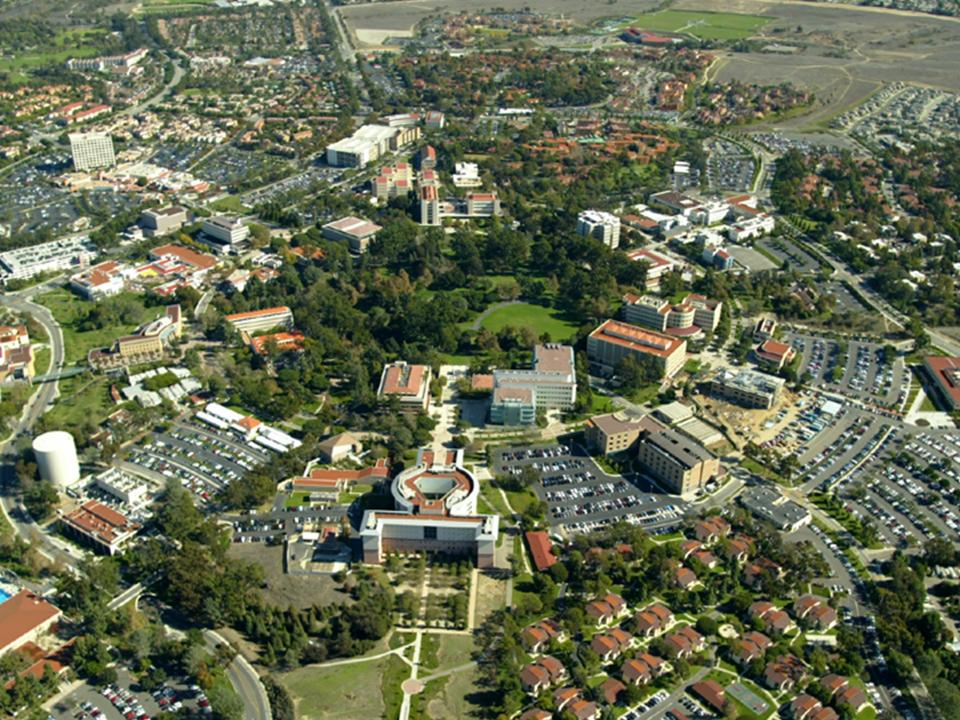 UC Irvine –The MRSEC at the University of California, Irvine builds on the university’s strengths in multidisciplinary science and engineering research to establish a major research hub for materials discovery and innovation in the Southern California academe-industry eco-system. Center research aims to create materials which exhibit unprecedented physical properties, such as the ability to withstand extreme environments, having applications in national defense. Separately, researchers are addressing dynamic, responsive soft materials that are, in essence, living electronic materials serving as an interface with living systems for healthcare applications. This MRSEC’s integrated activities—including novel materials research, partnerships with industry and national laboratories, entrepreneurial innovation, career development, and mentorship—are enabling a transformative long-term impact on fundamental science, advanced applications, and workforce development.
UC Irvine –The MRSEC at the University of California, Irvine builds on the university’s strengths in multidisciplinary science and engineering research to establish a major research hub for materials discovery and innovation in the Southern California academe-industry eco-system. Center research aims to create materials which exhibit unprecedented physical properties, such as the ability to withstand extreme environments, having applications in national defense. Separately, researchers are addressing dynamic, responsive soft materials that are, in essence, living electronic materials serving as an interface with living systems for healthcare applications. This MRSEC’s integrated activities—including novel materials research, partnerships with industry and national laboratories, entrepreneurial innovation, career development, and mentorship—are enabling a transformative long-term impact on fundamental science, advanced applications, and workforce development.
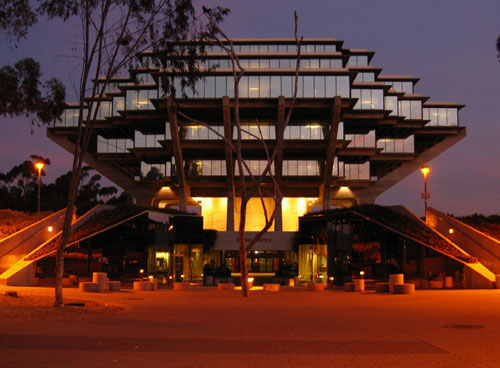 UC San Diego – The mission of the UC San Diego MRSEC is to perform innovative, interdisciplinary materials research relevant to societal needs, and to prepare students to become future leaders in materials design and discovery. The research effort of the Center is conducted within two highly interdisciplinary groups. The first group is deploying the most powerful computers available to understand, predict, and ultimately control the properties of materials at microscopic size scales – sizes just larger than molecular dimensions. It is in this size regime where many useful properties of materials emerge. The second group is using the tools of the biotechnology revolution – in particular, genetic engineering and synthetic biology – to build new classes of materials that can respond to stimuli from their environment in useful ways. Both groups are targeting fundamental breakthroughs that can impact a number of critically important needs: faster, more accurate sensors for medical diagnostic tests, more efficient decontamination of chemical or biological hazards, better catalysts to reduce the cost of industrial processes, and improved therapeutics for treating diseases. The fundamental research within the two groups is empowered by an integrated educational program to prepare a diverse community of learners and trainees to enhance national proficiencies in the science, technology, engineering, and mathematics fields.
UC San Diego – The mission of the UC San Diego MRSEC is to perform innovative, interdisciplinary materials research relevant to societal needs, and to prepare students to become future leaders in materials design and discovery. The research effort of the Center is conducted within two highly interdisciplinary groups. The first group is deploying the most powerful computers available to understand, predict, and ultimately control the properties of materials at microscopic size scales – sizes just larger than molecular dimensions. It is in this size regime where many useful properties of materials emerge. The second group is using the tools of the biotechnology revolution – in particular, genetic engineering and synthetic biology – to build new classes of materials that can respond to stimuli from their environment in useful ways. Both groups are targeting fundamental breakthroughs that can impact a number of critically important needs: faster, more accurate sensors for medical diagnostic tests, more efficient decontamination of chemical or biological hazards, better catalysts to reduce the cost of industrial processes, and improved therapeutics for treating diseases. The fundamental research within the two groups is empowered by an integrated educational program to prepare a diverse community of learners and trainees to enhance national proficiencies in the science, technology, engineering, and mathematics fields.
New Awards to Existing Centers
Brandeis University – The Brandeis Bioinspired Soft Materials Center seeks to engineer new materials that capture the remarkable functionalities found in living organisms. To realize this vision the Center synergistically focuses on two topics at the forefront of soft materials research. The first adopts a bioinspired approach to develop building blocks which undergo self-assembly that terminates at a prescribed finite-size. Learning to engineer self-limiting structures will enable design of new adaptable materials, such as paintable light-responsive coatings and materials for viral drug therapy. The second topic is inspired by living cells, with their abilities to sense, self-heal and move. This effort will establish principles to design, measure and control materials such that it is possible to generate life-like materials, with applications in fields as diverse as robotics, microfluidics, and adaptive optics. To facilitate human resource development for the STEM workforce the MRSEC established the SciComm Lab comprising science graduate students and postdocs trained to become effective communicators and peer mentors. Separately, the Path-to-Professorship Program provides postdoctoral mentoring for underrepresented minorities in cutting-edge materials research, preparing individuals for future faculty positions.
Columbia University – The Columbia MRSEC – Center for Precision-Assembled Quantum Materials P(AQM) partners with faculty at Minority Serving Institutions to explore new materials systems that will enable future quantum technologies, and educates a diverse new generation of scientists and engineers who reach across disciplines to advance the frontiers of knowledge and technology. The PAQM research program comprises two interdisciplinary research groups, both studying materials assembled from lower-dimensional building blocks: the first group creates layered structures by stacking atomically thin sheets, and the second group uses chemically synthesized molecular clusters to create bulk materials. In both systems, the emergent properties can be controlled both by choosing different building blocks and controlling how they are assembled. These new materials will enable future quantum technologies in computing, sensing, and communications. The Center is committed to training researchers at the high school, community college, undergraduate, and graduate levels in an environment that brings together researchers from multiple scientific disciplines, while working to increase diversity at all levels. The center also engages students and teachers at the elementary and middle school levels to build interest in science.
Harvard University – The Harvard MRSEC focuses on cutting edge materials research, investigating materials such as gels, polymers, and colloidal suspensions that are soft and easily deformable. Soft materials are widely used in applications ranging from flexible electronics to biomedical devices. The Center consists of two interdisciplinary research groups. One group is pursuing fundamental advances in materials synthesis, modeling, and 3D printing that enable the creation of functional soft materials that augment human performance. New classes of soft materials that sense, actuate, and communicate will be developed for use in wearables and artificial muscles to enhance Future Work at the Human-Technology Frontier, namely, for superior future robotics. A separate group is developing new insights regarding the behavior of mechanically soft systems that are subjected to perturbations far from equilibrium. By combining data-rich experiments, theory, and artificial intelligence, the research will contribute greatly to NSF’s Big Idea of Harnessing the Data. An essential contribution of the Center is to increase the diversity of participants in materials science through close collaborations with minority-serving institutions, including a ground-breaking partnership with a Tribal College. The Center also fosters unique and highly successful initiatives that bring returning veterans into STEM fields.
Ohio State University – The Center for Emergent Materials (CEM) at Ohio State University realizes innovative science and complex materials discovery by engaging researchers from diverse backgrounds and disciplines in an enabling and collaborative environment. Working in two interdisciplinary research groups, these scientists conceive and create materials that grant improved control over magnetic properties; the first focuses on magnetic interactions at interfaces, and the second on control of configurations and interrelationships between magnetic interactions that protect desired magnetic properties even in the presence of disruptive forces. Separately and concurrently, the MRSEC is devising innovative strategies for teaching science that ease the entry of diverse groups into the scientific enterprise and welcome the contributions of participants from all underrepresented groups in society. The Center’s fundamental research is integrated into sustained ongoing interactions with young scientists from elementary school through secondary study to inspire their engagement with science. A concerted focus on improving diversity is integrated into all facets of the MRSEC’s activities.
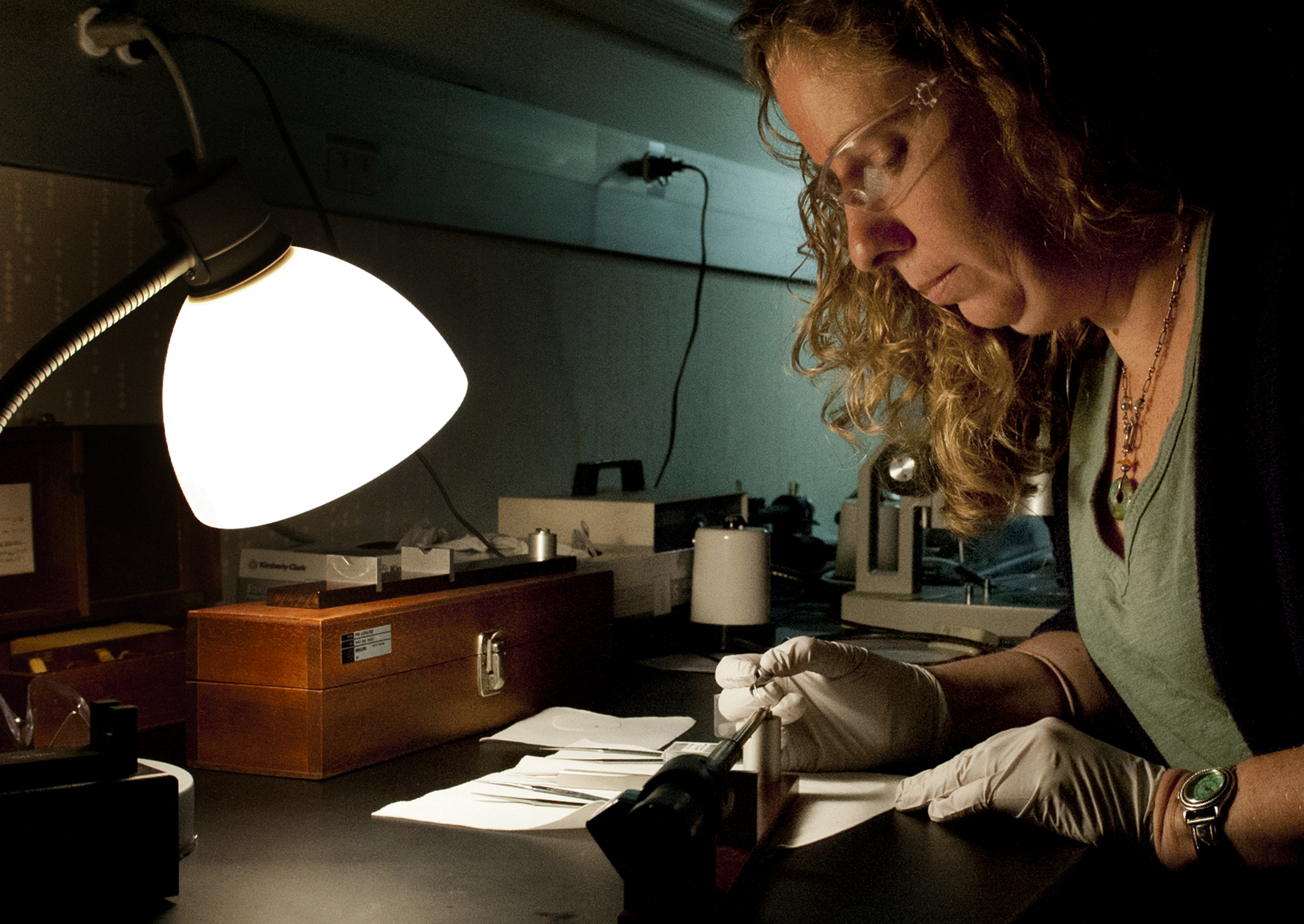 Penn State University – The Penn State MRSEC - Center for Nanoscale Science pursues new materials platforms, aspiring to deliver the materials of the future. Research efforts are addressing two-dimensional polar metals and heterostructures. These structures provide a ground-breaking way to form combinations of materials whose individual quantum properties may come together to enable new materials for quantum computing as well as new sensor technologies. Separately, studies of crystalline oxides with high entropy aim to design materials for energy or defense applications, such as transparent metals or materials capable of withstanding extreme environments. The Center’s educational program introduces a core professional development theme of Sustainability in research practice and outcomes, expands educational offerings that increase access to STEM for disabled populations, and further deepens and expands two Partnerships for Research and Education in Materials (PREM) through pervasive mentoring.
Penn State University – The Penn State MRSEC - Center for Nanoscale Science pursues new materials platforms, aspiring to deliver the materials of the future. Research efforts are addressing two-dimensional polar metals and heterostructures. These structures provide a ground-breaking way to form combinations of materials whose individual quantum properties may come together to enable new materials for quantum computing as well as new sensor technologies. Separately, studies of crystalline oxides with high entropy aim to design materials for energy or defense applications, such as transparent metals or materials capable of withstanding extreme environments. The Center’s educational program introduces a core professional development theme of Sustainability in research practice and outcomes, expands educational offerings that increase access to STEM for disabled populations, and further deepens and expands two Partnerships for Research and Education in Materials (PREM) through pervasive mentoring.
Princeton University - The MRSEC at Princeton University is a thriving research center and educational outreach resource that serves the campus, local community, and the greater mid-Atlantic region. The research is focused on two key fundamental areas of science, one which underlies creating new quantum technologies and another behind biology-inspired materials. The development of topological quantum materials is crucial for catalyzing next-generation quantum technologies for sensing, computing, and communicating, and will have wide-ranging implications for national security, industrial competitiveness, and workforce development for decades to come. Separate research efforts will lay the foundations of the field of living materials science by bridging materials science and biology or soft matter. Establishing this new field will lead to advances in biotechnology, as well as many other industries reliant on nanotechnology using polymers, gels, colloids, biofilms, and other soft materials. Training the next generation of world-class materials scientists and sharing the excitement of their research with the broader community are fundamental pillars of this MRSEC’s mission. The inclusion of underrepresented minorities, women, and persons with disabilities is additionally a key priority embedded in all its research, education, and outreach activities.
University of Chicago – The UChicago MRSEC is a strategic trans-disciplinary research hub that tackles some of the deepest intellectual challenges of materials research central to priority industries through highly collaborative efforts united to a strong commitment to education and outreach. The first research thrust, aligned with the NSF Big Idea - Understanding the Rules of Life, is discovering new materials whose properties are essential to emerging technologies; outcomes will advance the mastery of synthetic biological systems including advances in artificial muscles. A second research thrust is exploring materials containing distributed molecular engines enabling new classes of materials that can spontaneously deform and flow: the future vision of this research is to design and build shape-morphing hybrid materials with programmable and self-regulating properties. The resulting materials platform will have impact in sensing, actuation, separations, and biodesign, adding innovation to synthetic materials biology. A third effort, aligned with the NSF Big Idea - Quantum Leap, focuses on new materials needed for the creation of integrated quantum circuits, developing new methodologies to control quantum information. The Outreach and education activities are designed to communicate research results broadly, to foster professional development of students and to strengthen interest in science in the public.
University of Minnesota – The MRSEC at the University of Minnesota features two interdisciplinary research groups. The first team aims to access novel electronic and magnetic properties by direct application of strong local electric fields to promising new materials. This Quantum Leap-aligned research will realize extraordinary materials control, thereby enabling new approaches to low-power magnetic data storage and processing, neuro-inspired computation, and nanophotonic devices such as solar cells. The second team is developing novel and systematic approaches to assembling polymeric materials into network structures with superior property combinations. These will advance multiple applications, including membranes for removal of viruses and bacteria, materials for new battery designs, therapeutic delivery platforms, and efficient photovoltaic materials. The investigators provide extensive research experiences for promising undergraduates from a national network of four-year colleges, minority serving institutions, and especially tribal colleges. Summer camps for high school students, drawn from the Twin Cities and from Native American communities across the upper Midwest, involve senior investigators, students, and postdoctoral fellows in hands-on laboratory activities. Entertaining demonstration shows to illustrate fundamental scientific principles engage over 50,000 K-12 students each year. Close interaction with industry involves knowledge transfer in a pre-competitive collaboration with over 25 companies. Shared experimental facilities provide access to state-of-the-art materials characterization instrumentation to a national base of over 500 users.
